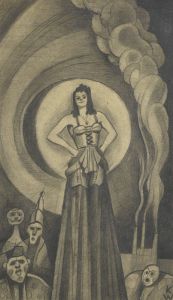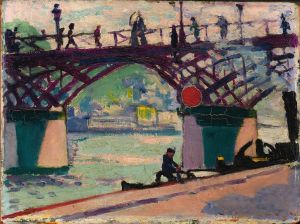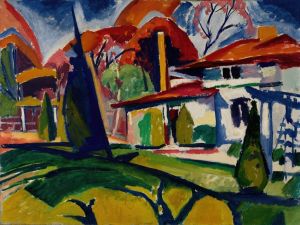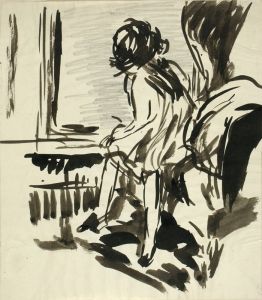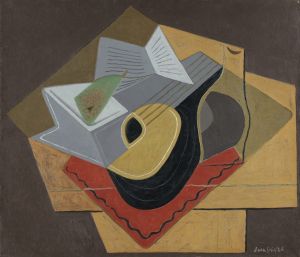
Cubist Composition
A hand-painted replica of Henry Lyman Saÿen’s masterpiece Cubist Composition, meticulously crafted by professional artists to capture the true essence of the original. Each piece is created with museum-quality canvas and rare mineral pigments, carefully painted by experienced artists with delicate brushstrokes and rich, layered colors to perfectly recreate the texture of the original artwork. Unlike machine-printed reproductions, this hand-painted version brings the painting to life, infused with the artist’s emotions and skill in every stroke. Whether for personal collection or home decoration, it instantly elevates the artistic atmosphere of any space.
Henry Lyman Saÿen (1875–1918) was an American artist and inventor, known for his contributions to both the fields of art and science. He was an early adopter of Cubism in the United States, a modern art movement that emerged in the early 20th century and was pioneered by artists such as Pablo Picasso and Georges Braque. Saÿen's work reflects his interest in the fragmented, geometric forms and abstracted perspectives characteristic of Cubism, while also incorporating his own unique style.
One of Saÿen's notable works is Cubist Composition, a painting that exemplifies his engagement with the principles of Cubism. The artwork features a dynamic arrangement of geometric shapes, bold colors, and intersecting planes, creating a sense of depth and movement. Like many Cubist works, it challenges traditional notions of perspective and representation, inviting viewers to interpret the subject matter through multiple viewpoints simultaneously. The painting demonstrates Saÿen's ability to synthesize the avant-garde techniques of European modernism with his own artistic vision.
Saÿen's artistic career was relatively short, as he passed away at the age of 43 during the influenza pandemic of 1918. Despite his untimely death, his contributions to American modernism and his role in introducing Cubist ideas to a broader audience remain significant. In addition to his artistic achievements, Saÿen was also an inventor and worked as an engineer. He is credited with inventing the first self-regulating X-ray tube, a significant advancement in medical technology.
While Cubist Composition is an important example of Saÿen's work, detailed information about the painting, such as its exact date of creation, current location, or specific subject matter, is not widely documented. This lack of information reflects the broader challenge of studying Saÿen's oeuvre, as his relatively obscure status in the art world has left many of his works under-researched and under-recognized.
Saÿen's legacy as both an artist and inventor highlights the interdisciplinary nature of his contributions. His work, including Cubist Composition, serves as a testament to the innovative spirit of early 20th-century modernism and its impact on American art.









